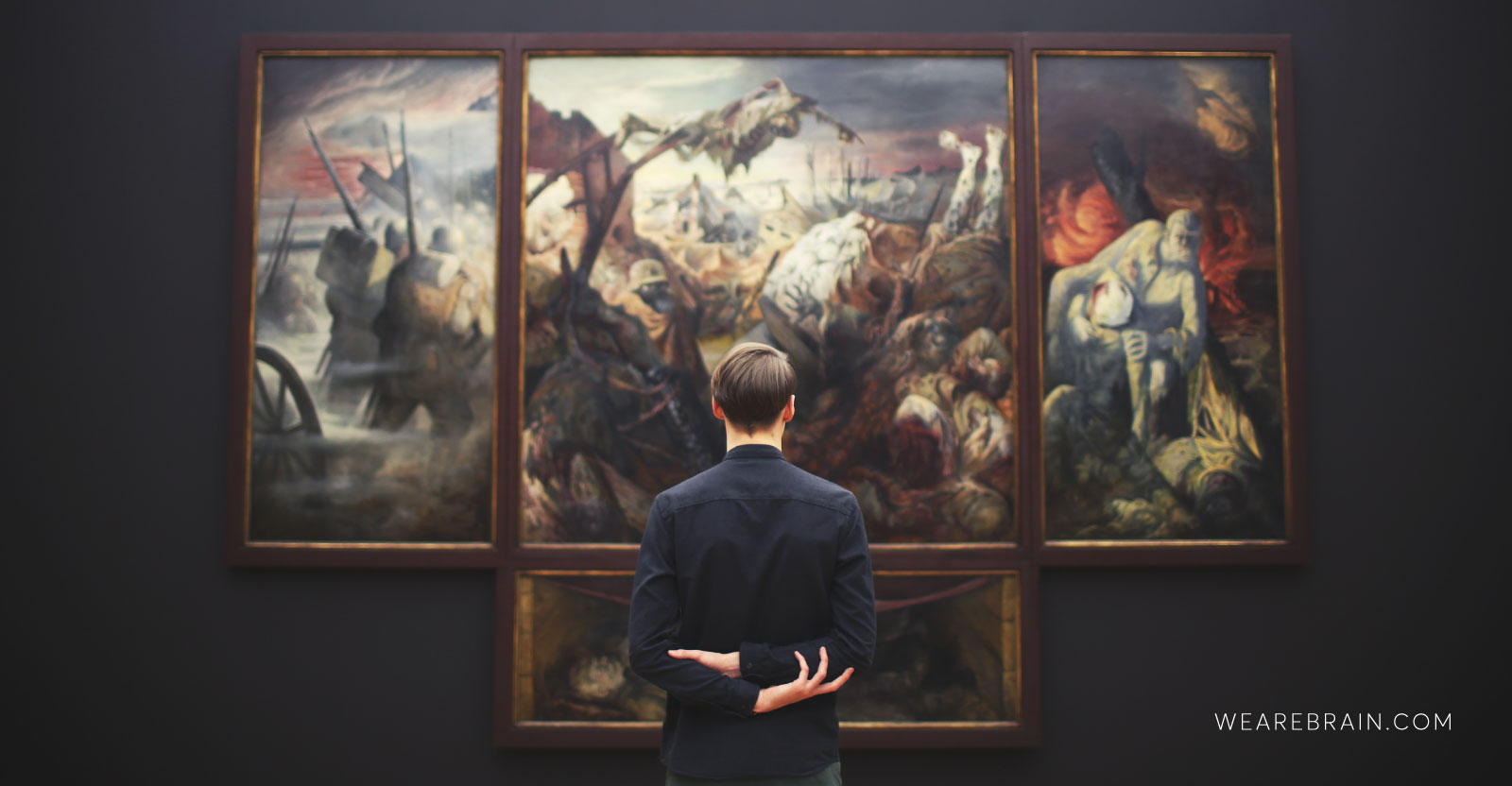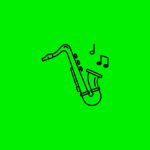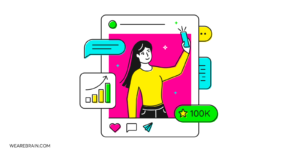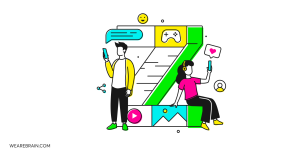Creative machines: How AI is disrupting the arts

Find out everything you need to know about artificial intelligence and automation, and their applications in the working world with our new book, Working Machines – An Executive’s Guide to AI and Intelligent Automation. It is available on Amazon, Google Books, Apple Books and Audible.
Throughout the course of human history, we have time and again shown our collective capacity to be human, through arts and literature, and other various means of creative expression. From the very first crude finger paintings scrawled on the insides of prehistoric African caves, to the majestic beauty and tenderness of Renaissance murals, to today’s eclectic multi-media artistic expressions, humans have portrayed their capacity for the subjective and consciousness in boundless and beautiful ways. Art has always been the mark of humanity, until now.
AI has infiltrated nearly every aspect of our day-to-day lives, and humanity in general, from commerce to finance to healthcare and now, the arts. As AI technology has evolved, so has its uses. It makes everything easier, quicker, efficient and automatic. We generally use AI for solving complex equations, handling remedial administrative tasks and even for its predictive abilities. It is used to allow us to concentrate on the bigger picture. But creative AI has finally found itself involved in the arts, where the seemingly only prerequisite is creativity and imagination — a human game. How is this possible, and the biggest question — why?
Artificial intelligence in music
AI has recently been making headway in more and more creative areas, such as music. YouTube ‘celebrity’ Taryn Southern recently released her album “I AM AI” which used AI to create the music and melodies for the whole album. It was also produced entirely by AI, and it is uncanny how AI can augment human creativity to develop entire albums without the need for record labels, production teams, or large budgets. One of the AI-powered music software tools used in the album is Amper Music, a platform where users can create original music through customisation. The software requires little to no musical ability to operate so people without natural musical ability can now make music. All users need to do is select a genre and the algorithm will use samples learned from existing music patterns. Is the result any good? That’s a matter of taste. However, the main takeaway is that we currently live in a world where a machine entirely developed something creative for humans to enjoy.
Staying with music but taking it much further is Yona, an AI musician or ‘auxiliary human’ who is able to write ‘her’ own lyrics, chords, and melodies. Created by human musician Ash Koona and artist Isabella Winthrop, Yona’s music has been described as ‘haunting and complex, layered with emotion that transcends any assumptions of artificial production’. According to Dazed, Yona and Ash Koona’s musical ‘collaboration’ Return O is a practice in ‘humanising machine-driven art’.
Artificial intelligence in painting
AI has taken its creative endeavours further into the arts by trying its digital hand at painting. Perhaps as AI’s most impressive and famous step into the world of human creativity is the Portrait of Edmond de Belamy (2018), the first-ever AI-created painting. The painting was sold on auction at world-renowned Christie’s Auction House for a whopping $432,500 to a room full of unsuspecting art collectors. The room was unaware that the painting was created by an algorithm and so was perceived as a piece of art created with a stroke of genius by a human artist. It was only when collectors saw that the painting was signed by the AI artist as a code of algorithm that people realised that history had just been made.
Artificial intelligence in literature
AI has even been tasked with writing a novel. But the issue for today’s AI is that machines fail to understand the meaning and relations within an emotional spectrum, and so the results of a creatively written piece of literature are as weird as you might expect. 1 the Road (2018) is being touted as the world’s first-ever AI written novel. Inspired by Jack Kerouac’s seminal On the Road, writer Ross Goodwin drove from New York to New Orleans in March 2017 with a laptop linked to various audio and visual sensors, which AI algorithms turned into words that were printed on rolls of receipt paper. The ‘novel’ is written one sentence at a time, based on images, locations, dialogue from the microphone, and even the computer’s own internal clock. The result? Strangeness. As Singularity Hub asserts:
“The novel begins suitably enough, quoting the time: “It was nine seventeen in the morning, and the house was heavy.” Descriptions of locations begin according to the Foursquare dataset fed into the algorithm, but rapidly veer off into the weeds, becoming surreal. While experimentation in literature is a wonderful thing, repeatedly quoting longitude and latitude coordinates verbatim is unlikely to win anyone the Booker Prize”.
Singularity Hub
Artificial intelligence… is art?
But it could be argued that AI is, in fact, a form of expression and therefore art. It is man-made, pieced together from a variety of different parts with various forms and functions, to create something out of nothing. It has loud, reverberating echoes of famous French Dadaist Marcel Duschamp’s ‘ready-made’ art come to life. Where do you draw the line between creativity and technology — is there even indeed such a line? Take Taryn Southern’s music for example — is it still considered art even though a machine did most of the creation? If so, is it the same type of art as the Mona Lisa? If not, where do the two differ and where are they similar? Do we need to redefine what is understood by the term ‘art’ or do we need to create a new word for AI-created or synthetic art?
So, is an AI-powered chatbot considered art or an imitation of art? Well, if art is supposed to evoke in us an emotional reaction, then doesn’t AI in all its forms do just that? As Forbes contributor Kathleen Walch asserts “…as more people use AI tools to augment their natural ability, you need to ask if these systems are exhibiting real creativity or simply mimicking the creative ability of humans?”
Paula Ferrai
Working Machines
An executive’s guide to AI and Intelligent Automation. Working Machines takes a look at how the renewed vigour for the development of Artificial Intelligence and Intelligent Automation technology has begun to change how businesses operate.







